Da'ish, Durand and FATA’s sectarian nightmare
Islamic State is no longer limited to Middle East and has extended its tentacles to other parts of world
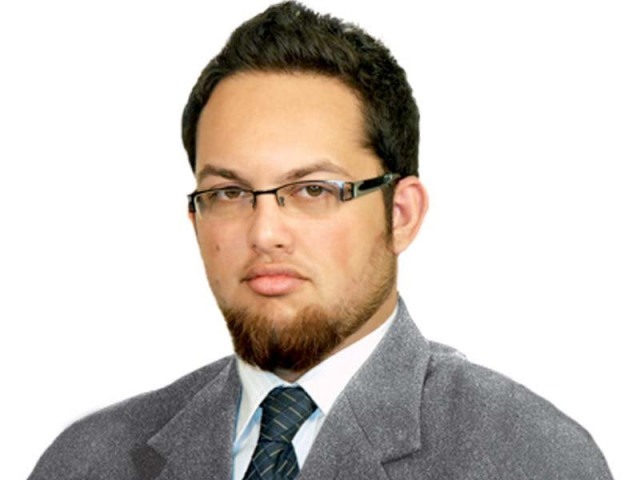
In the years following 2011, the newly emerging Islamic State of Iraq began converging on the borderland between Syria and Iraq. In April 2013, it added “Levant” to its acronym after it demolished border posts between both countries.
One of the main reasons for the alteration of an international boundary was the weakness of the state as the areas remained mostly ungoverned, allowing for the formation of a proto-state.
In 2016, the Islamic State (IS) is no longer limited to the Middle East and has extended its tentacles to other parts of the world.
Although the official stance of the federal government has been denial, many people who have been inspired by the militant group have been rounded up. Most of these arrests were made in urban areas. However, what lies beyond the Durand Line appears more troubling.
Official versions and background briefings have revealed Da'ish, the Arabic acronym for the group, is concentrated in at least 13 areas of Afghanistan – mostly in the ungoverned areas.
According to senior officials, militant elements are rampant in these areas and there is merely a difference of what banned organisation they are affiliated with. Against this backdrop, tensions along the western border with Afghanistan are not hidden.
The military has managed to consolidate its position as far as Preghar (near Wana), and Asman Panga in Shawal. However, in some of the most difficult terrain there still appears to be a vacuum in terms of governance.
From vacuum to reforms
A major aspect ignored while discussing governance issues in the Federally Administered Tribal Area (Fata) is that Afghanistan has not raised objections to reforms in Fata. This is perhaps one of the few instances in history when reforms in Fata have not created ripples across the border.
In the past, former president Hamid Karzai had objected to the Durand Line as an international border and was repeatedly shunned by the White House. Nevertheless, progress on mainstreaming Fata by treating and governing it like the rest of the country has been relatively slow and consensus is the need of the hour.
With sectarian undertones rising from the Middle East, the geopolitical importance of both K-P and Fata will increase.
The leadership of the country needs to take the opportunity to fill the vacuum and end the discourse that breeds affiliation with militant outfits such as Daish.
During the previous year, sectarian killings in K-P, particularly in Peshawar, have been a cause of concern for the police, who have been trying to tackle such incidents. The year ended with a suicide attack in Parachinar, Kurram Agency – an area that has witnessed more than a decade of sectarian violence.
Although isolated incidents of sectarianism might not be taken into consideration, what lies at the heart of the matter is a problem that could escalate if it is not tackled at the grass-roots level.
Published in The Express Tribune, January 6th, 2016.


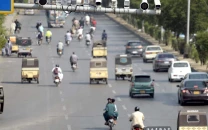
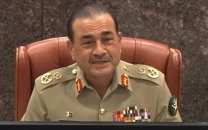
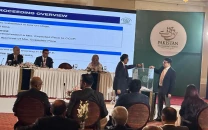

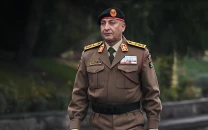






COMMENTS
Comments are moderated and generally will be posted if they are on-topic and not abusive.
For more information, please see our Comments FAQ